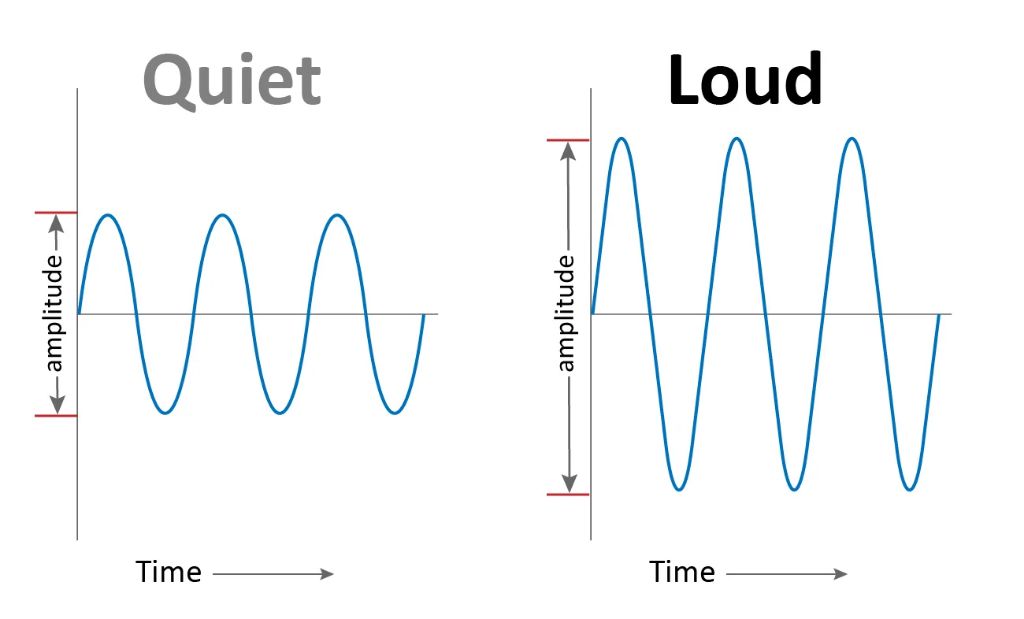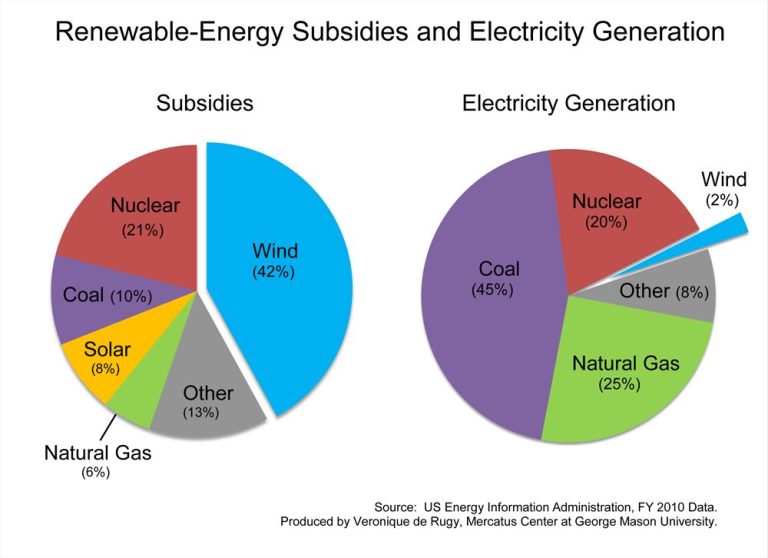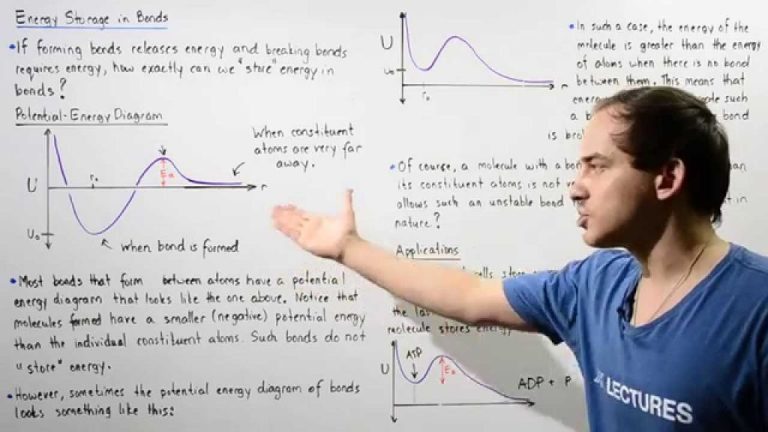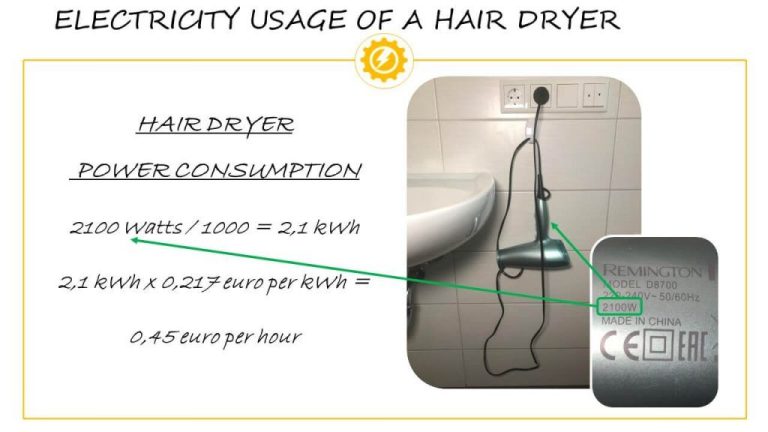What Is Created Because Of Vibration?
Vibration is the repetitive oscillatory motion of an object or medium. This motion occurs when a source of energy causes waves to propagate through a medium like air, water, or solid objects. Vibration is responsible for creating many of the phenomena we experience in our daily lives.
From the sound of music to the light illuminating a room, vibration enables the transmission of energy in the form of waves. These vibrational waves allow energy to travel from its source to other objects or locations. As the energy is transferred, it brings about changes and reactions that result in the creation of observable phenomena.
In this article, we will explore some of the key things that are created because of vibrations, ranging from sound and light, to electricity and earthquakes. Examining how vibration spurs creation gives insight into the fundamental forces at work in our universe.
Sound Waves

Sound waves are vibrations that allow us to hear and speak. When an object vibrates, it causes the air molecules around it to also vibrate. These vibrating air molecules bump into the molecules around them, causing them to vibrate as well. This creates a chain reaction of vibrating air molecules that radiates outward from the original source of the vibration.
The vibrating air molecules are the sound waves. As they reach our ears, they cause our eardrums to vibrate. These vibrations are then translated into electrical signals that travel to our brain via the auditory nerve. Our brain interprets these signals as the sounds we hear – everything from voices to music.
When we speak, our vocal cords vibrate, creating sound waves that radiate outward. The different pitches that we produce come from changing the speed of vibration of our vocal cords. This allows us to modulate our voice to form words and sentences that others can interpret as language.
So in summary, sound waves are vibrations that are essential for oral communication. Both hearing and speaking rely on our ability to create, transmit and detect these vibrational waves.
Light Waves
Light is a form of electromagnetic radiation that allows us to see. It is produced when atoms absorb energy, causing their electrons to vibrate at high frequencies. These vibrating electrons emit photons, which are discrete packets of light energy. The color of light that we perceive depends on its wavelength, which is directly related to the frequency of the vibrating electrons that created it. Shorter wavelengths (higher frequencies) appear blue or violet, while longer wavelengths (lower frequencies) appear red.
When light hits an object, some of it is absorbed and some of it is reflected. The reflected light enters our eyes and triggers nerve impulses that travel to our brain, allowing us to see the object. Different surfaces and materials reflect and absorb light differently, which is why we are able to distinguish so many shapes, colors, and textures.
So in summary, vibration is the key mechanism that allows light to be created and allow us to see the world around us. From vibrating electrons to the intricate mechanics of vision, it all starts with vibration.
Electricity
Electricity is created through the vibration and movement of electrons. Atoms consist of neutrons, protons, and electrons. The electrons orbit the nucleus in set energy levels or shells. When electrons gain enough energy to jump to a higher energy level, they leave spaces or “holes” in their original shells. Electrons in higher energy levels are unstable and tend to return to their original lower energy shells, releasing energy in the process. This release of energy from electrons jumping between energy levels is electricity.
In conductors like metals, the outermost electrons are loosely bound and can move freely when an electric field is applied. As the electrons flow through the material, they collide with and transfer energy to other electrons, creating an electrical current. This electric current then powers electrical devices by transferring energy into the device. For example, the vibration of electrons through wires and circuits provides the power that runs computers, appliances, and lighting. So in essence, electricity is energy that originates from the vibration and motion of electrons.
Molecular Vibrations
At its core, chemistry is the study of molecules and their interactions. A key component of molecular behavior is vibration. Molecules are constantly vibrating, with their atoms and bonds flexing and stretching in an intricate dance. These molecular vibrations determine a molecule’s structure, reactivity, and energy.
For chemical reactions to occur, molecules must collide with the proper orientation and energy levels. Molecular vibrations control both of these factors. The specific vibrational modes of a molecule determine its shape and active sites. When molecules collide, it is interactions between vibrational modes that transfer energy and allow reactions to proceed.
If vibrations provide too little energy, a reaction will fail to ignite. But too much vibration can also disrupt a reaction or break molecular bonds. Taming molecular vibrations is crucial for designing stable compounds and controlling chemical processes.
Vibrational energy also enables molecules to transition between different isomeric forms, which can drastically change chemical behavior. Isomerization reactions, driven by vibrational modes, are vital for biological molecules like vision-enabling retinal and plant pigments.
Quantum chemists can even use molecular vibrations to map the intricate energy landscapes that dictate reactivity. By revealing how vibrations mold molecules, these maps provide profound insight for unlocking new chemical transformations.
Far from just a molecular curiosity, vibrations sit at the heart of chemistry. Their role is essential – both as the spark that ignites reactions and the choreographer that structures molecular dancers. From nanomaterials to pharmaceuticals, the vibrational symphony is the hidden composer behind countless chemical innovations.
Brain Waves
The brain produces rhythmic electrical impulses that result in distinct brain wave patterns. These brain waves are categorized into four main types – beta, alpha, theta, and delta – based on their frequency and amplitude. Different brain wave patterns are associated with different mental states.
Beta waves have the highest frequency and lowest amplitude. They are present when the brain is active and engaged in conscious thought, problem solving, focus, and concentration. Too much beta activity can result in stress, anxiety, and restlessness.
Alpha waves have a lower frequency and slightly higher amplitude than beta waves. They indicate a relaxed but wakeful state where the mind is calm and focused inward. Alpha waves are dominant during states of quiet meditation and reflection.
Theta waves have an even lower frequency and higher amplitude than alpha waves. They are present during deep meditation and relaxation, daydreaming, and light sleep. Theta waves promote creativity, emotional connection, and access to subconscious thoughts.
Delta waves have the lowest frequency and highest amplitude. They are present during deep, dreamless sleep and promote physical healing and regeneration. Lack of delta wave sleep can impair immune function and concentration.
Understanding brain waves allows us to purposefully alter our mental states through techniques like meditation, relaxation, and mindfulness. Optimal brain health involves maintaining a natural balance of all brain wave frequencies.
Resonance
Resonance occurs when an object is vibrated at its natural frequency. This causes the amplitude of the vibrations to increase dramatically, resulting in resonance. The natural frequency is determined by the physical properties of the object, like its size, shape, and composition.
For example, an opera singer can shatter a wine glass by singing a note that matches the glass’s natural frequency, causing the glass to vibrate more and more until it breaks. Or a child can make a swing go higher and higher by moving their legs at the swing’s resonant frequency.
Resonance amplification occurs because energy is transferred efficiently between the vibration source and the vibrating object when their frequencies match. The oscillations add up in sync instead of cancelling out randomly. Even small driving vibrations can create large amplitude oscillations when resonance kicks in.
Engineers must design buildings and bridges to avoid resonant frequencies that could damage the structures. But resonance is also useful – for example, in medical imaging, radio tuning, and generating electricity using renewable resources. Overall, resonance allows vibrational energy to build up constructively, enabling many everyday phenomena.
Earthquakes
Earthquakes are vibrations that shake the earth. They are caused by the sudden release of energy in the earth’s crust that creates seismic waves. Here’s a more in-depth look at how earthquakes work:
The earth’s outer layer, called the crust, is made up of massive slabs of rock called tectonic plates. These plates are constantly moving against each other at fault lines. The friction builds up as the plates push together, but because the rock along the fault lines is stuck together, this energy isn’t released right away. Eventually enough pressure builds up that the rock breaks or slips suddenly, causing the plates to jolt into a new position. This abrupt shaking and shifting releases energy in the form of seismic waves that travel through the earth’s crust, creating vibrations that we feel as earthquakes.
The point underground where the rock breaks and the quake originates is called the focus. The point directly above the focus on the earth’s surface is called the epicenter. The seismic waves radiate out from the focus and spread along the crust, causing the ground to shake as they pass by. A major earthquake can shake for minutes as seismic waves travel far and wide.
The severity or magnitude of an earthquake depends on the amount of energy released at the focus. A larger slip of the plates unleashes more energy, resulting in stronger seismic waves and more violent shaking that impacts a larger area. Each increasing integer on the magnitude scale represents a tenfold increase in the shaking amplitude of the seismic waves and a 32-fold increase in the energy released. So a magnitude 7 earthquake produces 100 times more energy than a magnitude 5.
In summary, earthquakes are the result of tectonic plate movements that suddenly release built-up energy, creating seismic waves that cause vibrations throughout the earth. The magnitude of the vibrations depends on the amount of energy unleashed. Understanding the science behind earthquakes can help predict and prepare for these destructive events.
Music
Music is created almost entirely from sound vibrations and resonance. When an instrument like a guitar string is plucked, it vibrates at certain frequencies based on its length, thickness and tension. The vibrating string pushes on the surrounding air, creating vibrations in the air particles that our ears perceive as musical notes. The resonance of the guitar body amplifies these vibrations, allowing them to travel further through the air.
Different musical instruments rely on different methods of creating vibrations, like the vibrating reeds of a saxophone or skin of a drum. But in all cases, it is the vibration of components within the instrument that generates the sound waves. The specific frequencies of these vibrations give each instrument its distinctive timbre.
When multiple instruments are played together, their sound waves interact and influence each other through resonance. Certain combinations of notes played together tend to resonate strongly, creating consonant and pleasing harmonies to our ears. This is the basis for the chords and melodies that form the foundations of music. Vibrations and resonance allow performers to create intricately layered sounds that connect on a profound emotional level.
Conclusion
In conclusion, vibration is integral to many aspects of our world. From the light waves that allow us to see, to the sound waves that allow us to hear, vibration enables our senses and perception. Vibration also enables modern technologies like electricity, enables molecular interactions that sustain life, and causes natural phenomena like earthquakes. Rhythmic vibrations produce the diverse melodies and harmonies of music that enrich our lives. Our brains even have their own vibrational waves that modulate our thoughts and behaviors. Vibration is truly fundamental to so much that we experience and take for granted on a daily basis. Appreciating the role of vibration gives us a deeper understanding of the physics underlying our realities.






